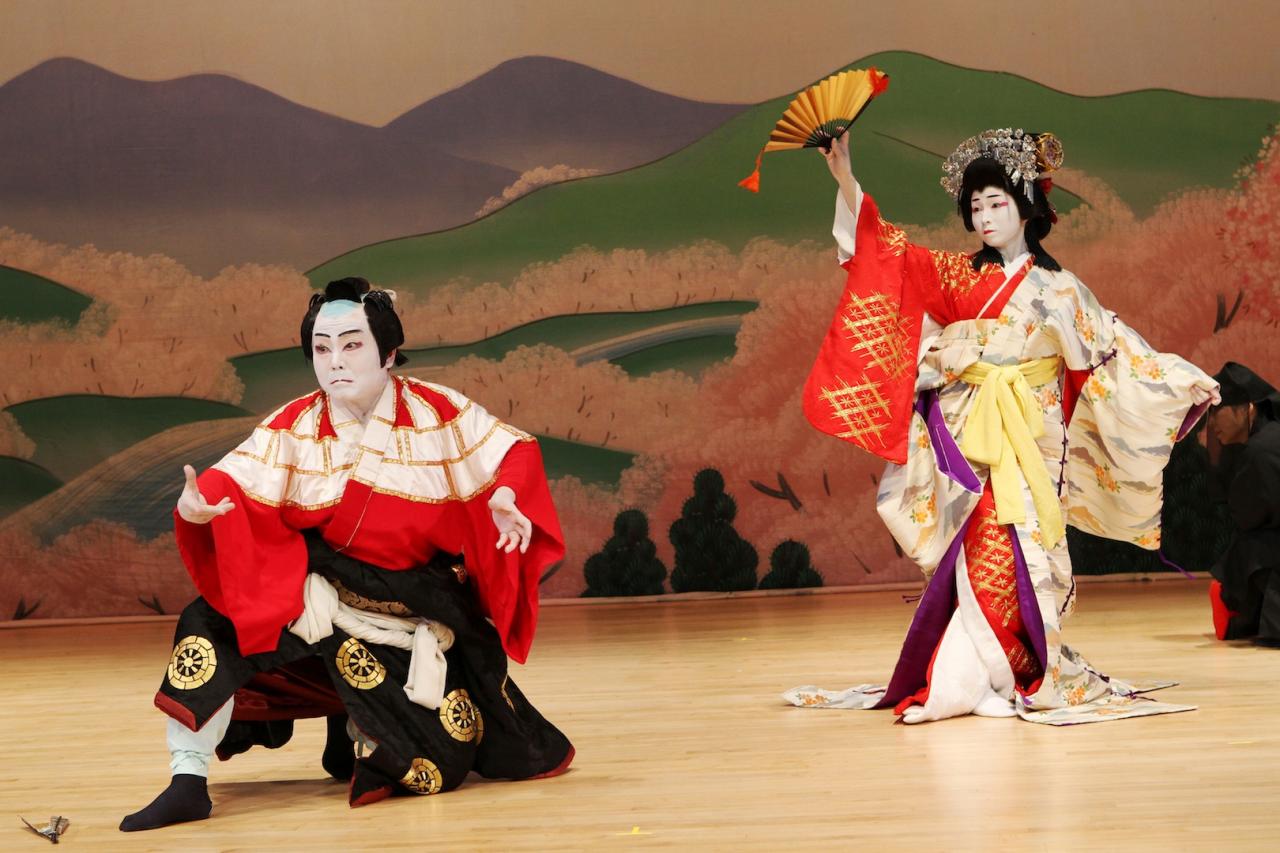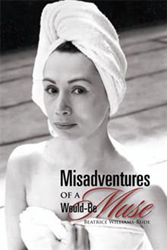
UNESCO: Representative List of the Intangible Cultural Heritage of Humanity – 2008
URL: http://www.unesco.org/culture/ich/RL/00047
Description: Kabuki is a Japanese traditional theatre form, which originated in the Edo period at the beginning of the seventeenth century and was particularly popular among townspeople. Originally, both men and women acted in Kabuki plays, but eventually only male actors performed the plays: a tradition that has remained to the present day. Male actors specialized in womens roles are called onnagata. Two other major role types are aragoto (rough style) and wagoto (soft style).
Kabuki plays are about historical events and moral conflict in relationships of the heart. The actors speak in a monotone voice and are accompanied by traditional instruments. The Kabuki stage is equipped with several gadgets, such as revolving stages and trapdoors through which the actors can appear and disappear. Another speciality of the Kabuki stage is a footbridge (hanamichi) that extends into the audience. Important characteristics of Kabuki theatre include its particular music, costumes, stage devices and props as well as specific plays, language and acting styles, such as the mie, in which the actor holds a characteristic pose to establish his character. Keshÿ, the particular make-up, provides an element of style easily recognizable even by those unfamiliar with the art form.
After 1868, when Japan opened to Western influence, actors strove to heighten the reputation of Kabuki among the upper classes and to adapt the traditional styles to modern tastes. Today, Kabuki is the most popular of the traditional styles of Japanese drama.
Country(ies): Japan
Video Rating: 4 / 5










